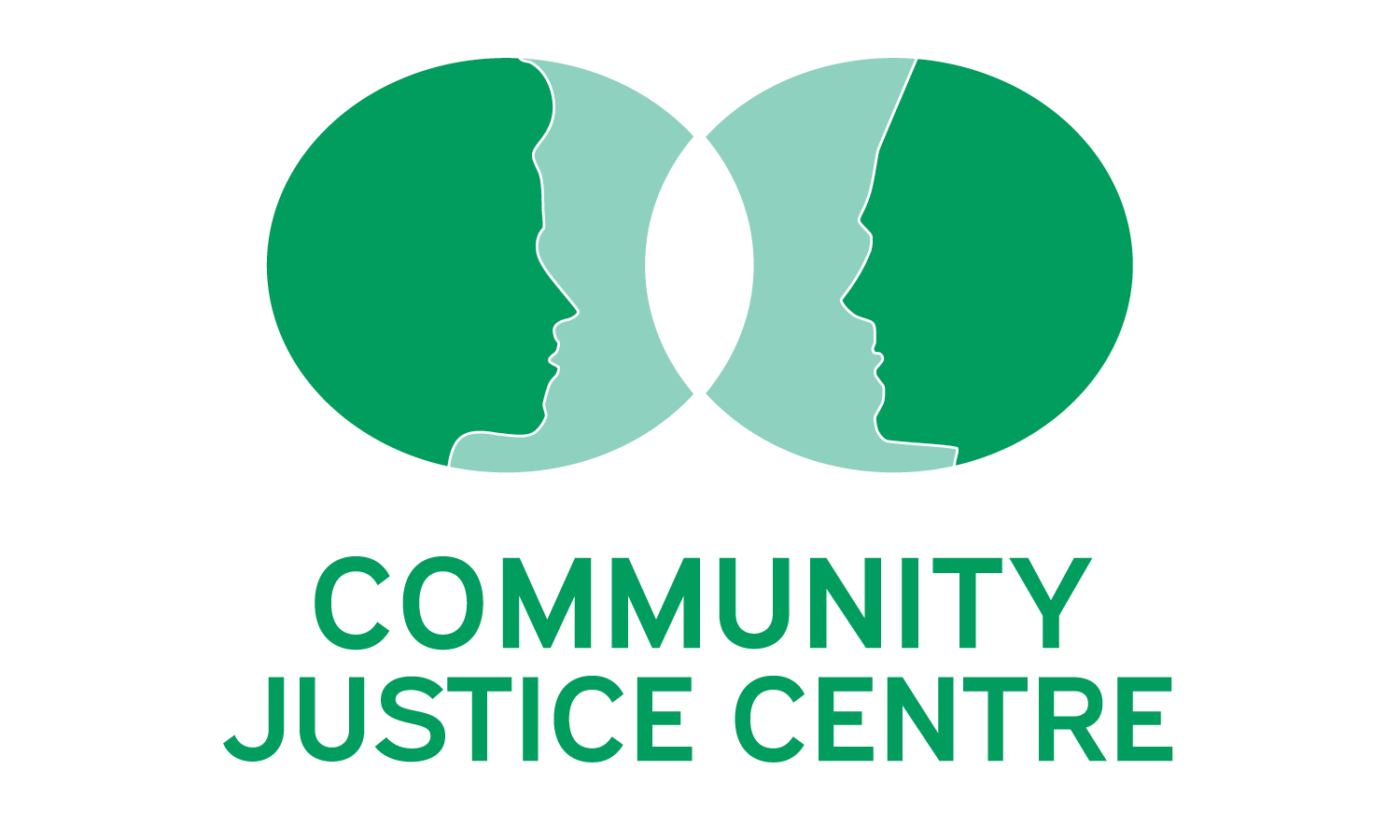
Restorative Justice
Restorative Justice focuses on the harm done and the solutions
required for healing and reparations.
Restorative Justice is practiced in many settings around the world. It’s an inclusive process that encourages accountability and dialogue. It typically involves inviting the Affected Party (the “victim”), the Responsible Party (the “offender”), and affected members of the community to respond to a crime or harm.
The Comox Valley Community Justice Centre staff and volunteers facilitate processes that aim to hold the Responsible Party accountable for their actions, repair the harm done to the Affected Party and the community, and restore the responsible party to a productive role in the community.
The Community Justice Centre accepts criminal and non-criminal referrals
We receive referrals from:
RCMP and Crown Counsel
Loss prevention officers
Department of Fisheries and Oceans
Department of Conservation
Municipal and regional bylaw officials
The school district
Community and not-for-profit organizations
Businesses
Other community members looking for meaningful responses to harmful actions
If you’re curious about making a referral, contact us at info@communityjusticecentre.ca or 250-334-8101.
Visit our FAQs for more information.

Principles for Restorative Justice Practice
Reparation
Focus on acknowledging and repairing the physical, emotional, and financial harm caused by crime and meeting the needs of those affected.
Respect
Treat all participants with dignity, compassion, and equal consideration.
Voluntariness
Ensure the participation of victims, offenders, and community members is voluntary, and based on free, informed, and ongoing consent.
Inclusion
Foster and support the meaningful participation of those affected, including victims, offenders, their friends, their families, and their communities.
Empowerment
Enable participants to communicate openly and honestly and to have an active role in determining how to address their needs, as they see them.
Safety
Attend to the physical, emotional, cultural, and spiritual safety and well-being of all participants. Participation in Restorative Justice should not result in further harm to any participant.
Accountability
Assist those who have caused harm to acknowledge and take responsibility for harm and reparation.
Transformation
Provide opportunities for understanding, healing, and change, and contribute to the restoration and reintegration of complainants and respondents.
— As summarized by the Canadian Intergovernmental Conference Secretariat
Processes may vary depending on the needs of the situation
〰️
Processes may vary depending on the needs of the situation 〰️
Restorative Justice Conferences
A Restorative Justice conference, or “resolution conference,” is a planned face-to-face meeting between an Affected Party and a Responsible Party. At the Community Justice Centre (CJC), these conferences are run by a trained facilitator. During the conference, the consequences of the offence is discussed and it is decided how the Responsible Party will repair the harm. Participation in these conferences is always voluntary.
Step 1: Intake
When a situation comes to the Community Justice Centre, a Case Coordinator reviews the file, considers how the incident can best be addressed, consults with the parties to discuss their wishes, and begins the process of organizing a Restorative Justice conference if appropriate.
Step 2: Pre-conference meetings
If everyone involved agrees to Restorative Justice, a separate “pre-conference” meetings with both the Affected and Responsible Party. During this step, the Case Coordinator ensures that the Responsible Party meets the pre-conditions to participate in a Restorative Justice process. Each party is encouraged to have a supporter with them at the
pre-conference and conference.
Step 3: Setting up the conference
When both parties have completed their pre-conference meeting(s), the Case Coordinator arranges a date for the Resolution Conference and establishes the Resolution Conference Team. The Team includes a Facilitator, two Community Representatives, and a Case Coordinator. All are volunteers.
Step 4: The resolution conference
At the conference, the Affected Party, the Responsible Party and any supporters will be joined by a Facilitator, Case Coordinator and two Community Representatives. There may also be a volunteer in training. All Community Justice Centre staff and volunteers respect confidentiality, including agreeing that if they see the participants in outside the Justice Centre, they will refrain from demonstrating their recognition.
During the conference, there will be facilitated dialogue about the incident, its impact and how to “make things right.” A Resolution Agreement will be made.
Step 5: Carrying out the resolution agreement
The Responsible Party is responsible for carrying out the requirements of the Resolution Agreement and is accountable to the Community Justice Centre for completing their agreement. This may include an apology, financial compensation, restorative/community service hours, and other measures, depending on the unique circumstances of each case.
The Community Justice Centre is available for support if required.
Step 6: Completion and wrap-up
When the Resolution Agreement conditions have been fulfilled, the Community Justice Centre closes its file and notifies the participants of the successful completion. If it was a criminal matter, the RCMP is advised to close their file.
Face-to-face resolution conferences may not always be the best approach for every situation.
The Community Justice Centre considers other approaches to Restorative Justice, including:
Meeting with the Affected Party and Responsible Party separately to find a resolution
Having a surrogate sit in for a Affected Party or Responsible Party
Circle conversations
A transformative dialogue session, which involves listening and no Resolution Agreement
Having a Resolution Conference without Community Representatives
Having the Resolution Conference in an alternate location
Inviting the parties to work instead with the Community Justice Centre for guidance on resolving the conflict independently






